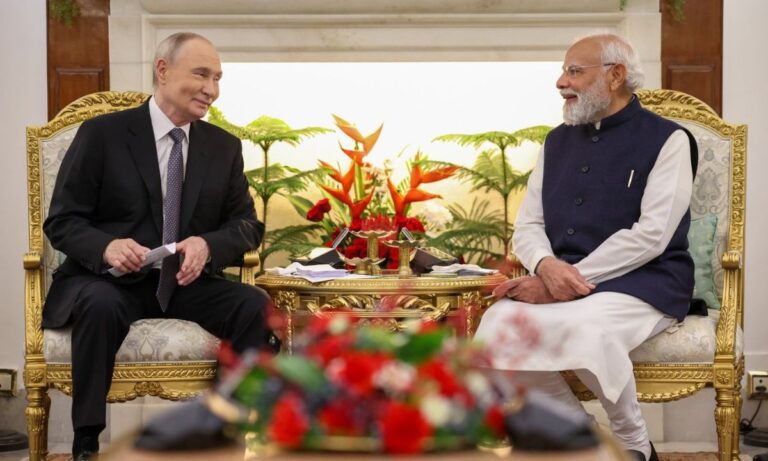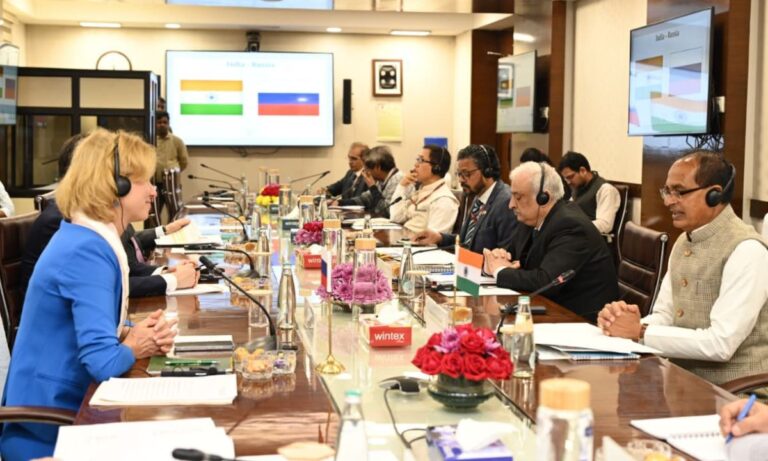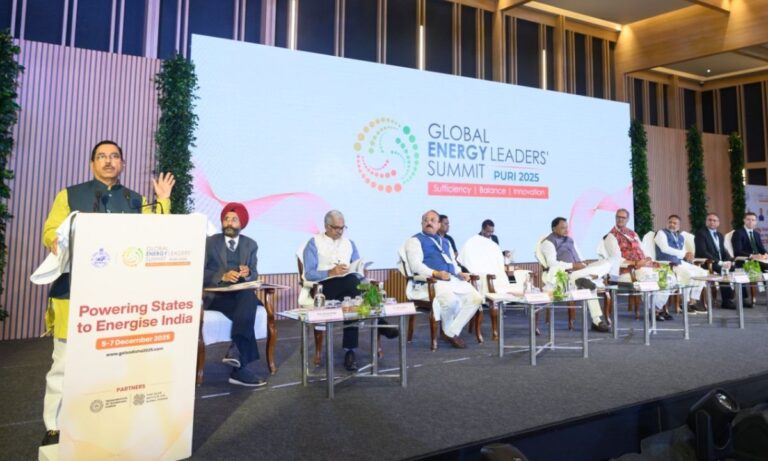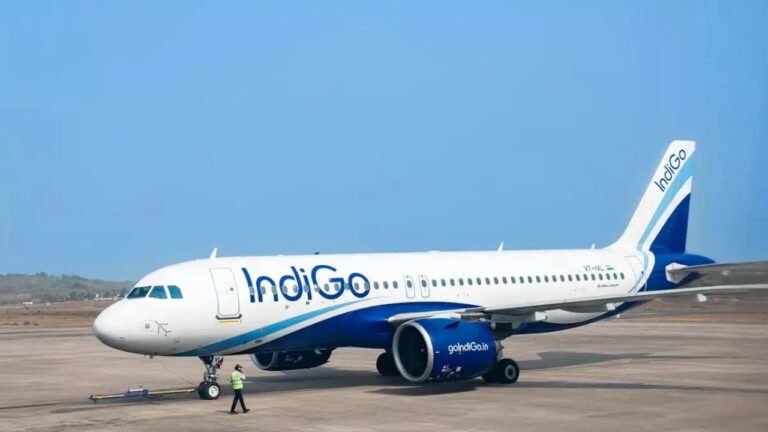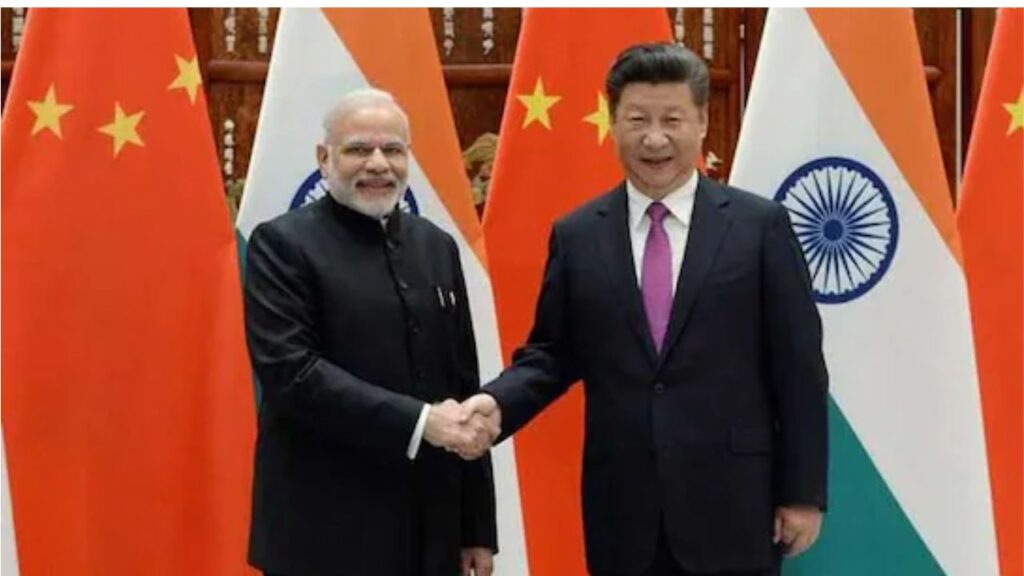
Prime Minister Narendra Modi’s visit to Tianjin for the Shanghai Cooperation Organisation (SCO) summit has put the spotlight on India’s renewed engagement with China. This was his first trip to the country in seven years, and it comes at a time when trade ties between New Delhi and Washington are under severe stress after the United States imposed steep 50 per cent tariffs on Indian goods.
Analysts believe the outreach to Beijing could offer India some immediate breathing space, but caution that it is unlikely to fully cushion the blow from Washington’s tariff offensive.
“The recent warmth between India and China looks more like a tactical response to U.S. pressure rather than a long-term strategic realignment,” said VK Vijayakumar, Chief Investment Strategist at Geojit Investments. “Border disputes, concerns around the Belt and Road Initiative, and deep geopolitical differences remain stumbling blocks.”
Trade Deficit Concerns
India’s economic equation with China remains skewed. According to estimates, New Delhi’s merchandise trade deficit with Beijing has ballooned to nearly $100 billion. While India largely exports low-value raw materials and intermediate goods, its imports from China are dominated by high-value items such as electronics, telecom equipment, pharmaceutical ingredients, and solar modules.
“This imbalance reduces India’s bargaining power and creates vulnerabilities in critical sectors,” noted Manoranjan Sharma, Chief Economist at Infomerics Valuation and Ratings. “Such dependence also complicates initiatives like Atmanirbhar Bharat and Make in India.”
Strategic Risks and U.S. Factor
Observers warn that an overt tilt toward China could strain India’s partnership with the United States, which remains the country’s single largest export market. The U.S. absorbs around 18 per cent of India’s total exports, equivalent to about 2.3 per cent of GDP.
“Closer trade engagement with China cannot offset the tariff shock from the U.S.,” Sharma added. “In the longer run, India’s economic and strategic interests lie in strengthening partnerships with the U.S., the EU, Japan, and other democratic economies.”
Possible Silver Linings
Despite these concerns, an improved relationship with Beijing could help India secure access to vital raw materials and infrastructure supplies in areas such as renewable energy, aviation, pharmaceuticals, and manufacturing. Tourism too could benefit from easier flows between the two countries.
Tariff Uncertainty in U.S.
The outlook for U.S. tariffs remains uncertain. While a U.S. appeals court recently ruled that most of the Trump administration’s levies were illegal, it allowed them to stay in place until October 14, giving time for a potential Supreme Court review. Meanwhile, pressure is building within the U.S. political system for a negotiated settlement.
For now, experts advise caution. India’s short-term overtures to China may offer some relief, but they are unlikely to neutralize the economic damage from U.S. tariffs. The challenge for New Delhi will be balancing its immediate needs with longer-term strategic priorities.
